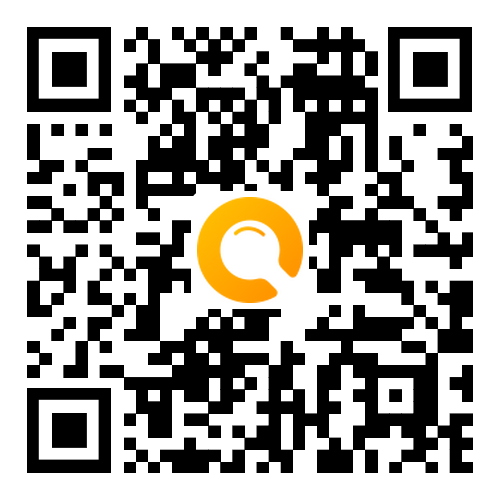 题目内容
(请给出正确答案)
题目内容
(请给出正确答案)
Napoleon Bonaparte was keen to learn English while in exile, documents show in Britain for
Napoleon Bonaparte was keen to learn English while in exile,
documents show in Britain for the first time reveal. 【M1】______
The deposed French emperor apparently wanted to learn the
language of his foes so he can read what the London papers were 【M2】______
writing about him.
Scraps of paper from his English lessons in captivity on the
island of St Helena go on show at London's National Maritime Museum.
They contain lines of French partly translated by Napoleon into 【M3】______
English.
Count Emmanuel de las Cases, who accompanied the emperor
into exile after he surrendered to the English at the Battle of
Waterloo, wrote about the emperor's desire to learn the language by 【M4】______
his memoirs.
According to him, Napoleon had his first lesson on 17 January,
1816, when he asked las Cases to dictate to him some sentences in
French, what he then translated, using a table of auxiliary verbs and a 【M5】______
dictionary.
According to historian Dr. Peter Hicks, las Cases describes how
Napoleon hated being sat down to work as a schoolboy but steeled 【M6】______
himself for the task.
Dr. Hicks said: "He was not necessary anti-English. He had to 【M7】______
fright because it was the enemy of France."
He added: "In France people are amazed to find that he was
learning English. But he didn't do it for pleasure. He wondered how
much money he could have saved in translation if he could learn 【M8】______
English."
The documents are to feature in the Greenwich Museum's
Nelson and Napoleon exhibition, being held to mark the 200th
anniversary of Nelson's death at the Battle of Trafalgar.
They are among a wide range of letters, paintings, personal
items and objects lent by galleries and museums across Europe.
The English lesson papers, described by Dr. Hicks for "quite 【M9】______
remarkable", are loan from the Foundation Napoleon in Paris. 【M10】______
【M1】
 答案
答案

























